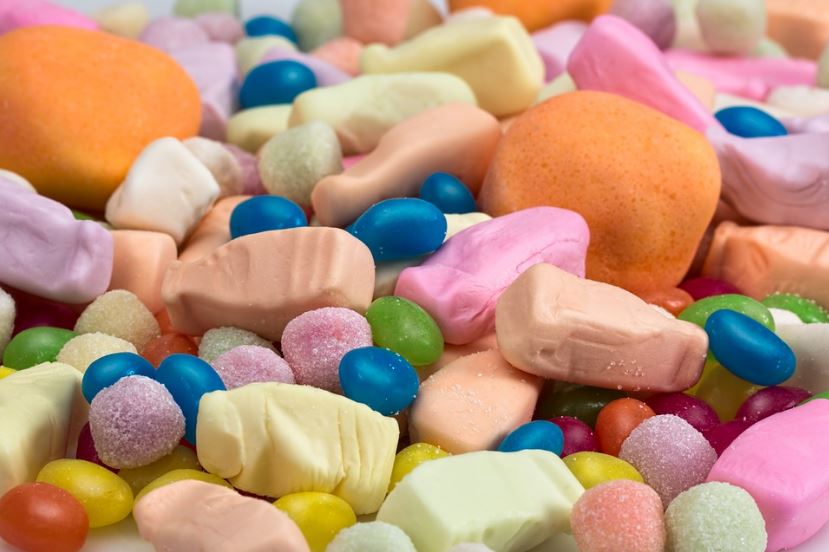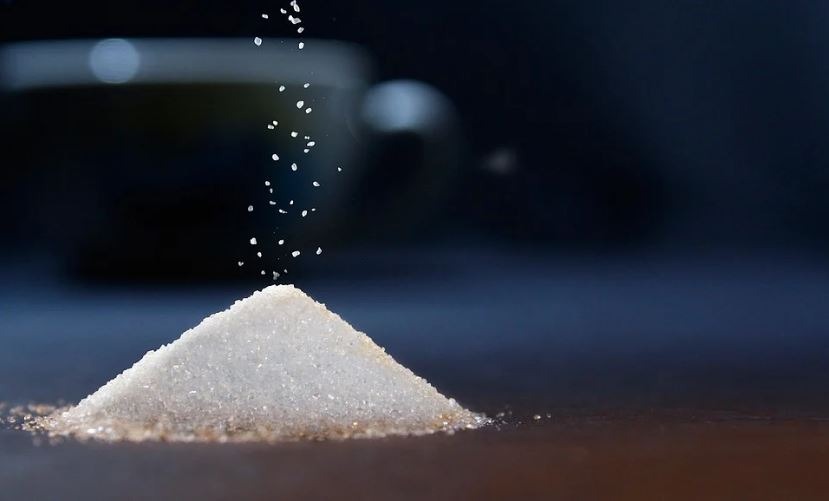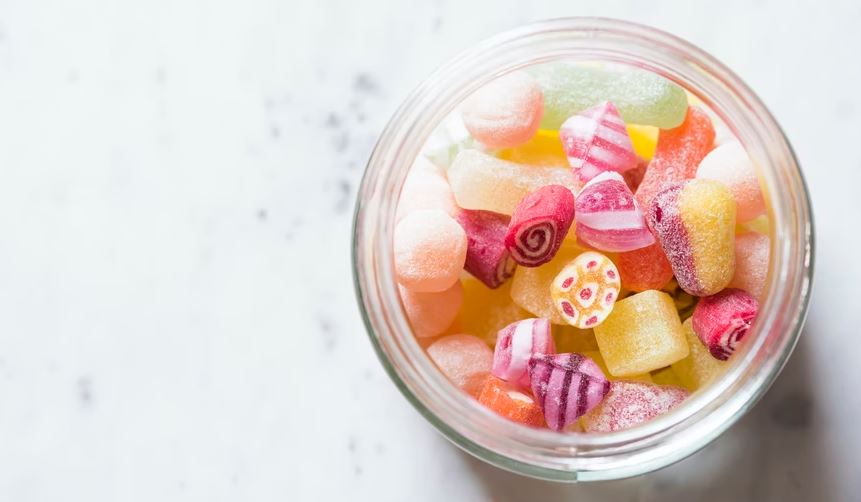Making candy at home sounds like a tedious task, but in reality, it can quickly be done in the comfort of your own home. Whether you’re a newbie in the kitchen or an experienced cook, you can try your hand at making your own candy. In this article, we are going to give you tips, instructions, and helpful information you need to get you started and satisfy your sweet tooth.
Candy-Making Tools
Most of these candy-making tools might be in sitting in your kitchen right now:
- Large Bowl – Be sure that this bowl is large enough to hold a saucepan. This is because it will let you cool the candy while it is still in the pan. Temperature is very important when it comes to candy-making, and because the temperature of the sugar mixture rises continuously even after it has been removed from the heat, dipping the saucepan into the ice water or cold water bath stops the sugar from cooking.
- Saucepan – You will need a medium-sized saucepan with straight sides and a heavy bottom. Make sure that it is large enough to hold up to 4 times the volume of your ingredients to help prevent boil-overs.
- Heat-proof silicone spoon or wooden spoon – Use one with a long handle to avoid burns.
- Candy thermometer – Even if it is possible to make candy without a candy thermometer, this tool is a must-have, especially if you’re a beginner. Go for a candy thermometer with a metal clamp so you can attach it to the sides of your pan.
- Pastry brush – Make sure that you will set a pastry brush aside and use it exclusively for candy-making. This is because some candy recipes call for brushing down the sides of the pan with water to avoid crystallization.
Common Candy Ingredients
There are two major factors that affect how your candy will taste: the procedure you follow and the ingredients that you use. It would be best to keep yourself informed about common candy ingredients such as chocolate and butter and make sure that you use the best ingredients. This way, you can successfully make a delicious candy.
- Unsalted butter is the fat of choice, except if the candy recipe calls for salted butter. This is because the salt content of the salted butter can affect the taste of your candy.
- Sugar – This is the most basic ingredient when it comes to making candy, so make sure that you only use the best sugar in the market. When it comes to candy-making, always use an unopened pack of sugar to ensure no contamination from other ingredients found in your kitchen, such as salt or flour.
Keep in mind that you should never use margarine when it comes to making candy. This is because it has higher water content and will significantly affect your cooking time as well as the results.
How to Work with Sugar
If you’re used to cooking and working in the kitchen, you probably know that there’s nothing mysterious about making candy, but if you’re a newbie to the world of confectionery, you might find some candy recipe instructions quite confusing. Candies that are sugar syrup-based – water and sugar boiled together – often require you to boil the syrup to a specific temperature. In order to successfully make these kinds of recipes, you will either need to be familiar with the cold-water method temperature checking or a candy thermometer.
On the other hand, some traditional candy recipes will call for the candy to be pulled as in taffy or ribbon candy. Candy pulling takes a little bit of practice, but it’s easy once you get the hang of it.
SUGAR STAGE | TEMPERATURE °F/°C | APPERANCE | TYPICAL USES |
THREAD | 215-235/102-113 | Forms a short, course thread | Sugar syrup |
SOFT BALL | 235-240/113-116 | Forms a ball that flattens when removed from the water | Fondant, fudge, pralines |
FIRM BALL | 245-250/118-121 | Forms a ball that will not flatten unless it’s pressed | Caramels |
HARD BALL | 240-265/121-130 | Forms a rigid but pliable ball | Marsmallows, nougat |
SOFT CRACK | 270-290/132-143 | Separates into hard threads that bends | Taffy |
HARD CRACK | 300-310/149-154 | Separates into hard and brittle threads | Brittle, butterscotch, toffee |
LIGHT CARAMEL | 320-335/160-170 | Turns a honey gold color | Flans, caramel sauce |
DARK CARAMEL | 350/177 | Turns dark amber color | Glaze, caramel sauce |
General guideline for sugar stages; always follow recipe instructions.
Tips for Cooking Sugar
Dissolve sugar into liquid ingredients over low heat before bringing it to a boil. Remember not to stir the sugar once it has dissolved unless it is directed to by a recipe.
- Clamp your candy thermometer to the side of your pan or periodically place it in the syrup so you can measure the temperature.
- Remember that the bulb of your candy thermometer should not touch the bottom or sides of your pan to avoid inaccurate reading.
- Cook your sugar until the desired temperature is reached. After this, remove the pan from the heat immediately and cool off the bottom in a bowl of cold water or ice water to stop it from cooking, unless the candy recipe that you’re making says otherwise. For example, making peanut brittle instructs you to pour the hot candy directly onto an oiled marble surface or greased baking sheet without cooling it first.
- Remember to clean your candy thermometer after each testing and put it by the stove in a glass of warm water.
- Always be extra careful when you’re handling melted and hot sugar.
Candy Making Tips
- Make sure that your candy thermometer is working and accurate.
- Measure your ingredients before you start making your candies. Every step in the candy-making process is essential, so make sure that you read the recipe twice and carefully measure all your ingredients before you start. It will also be easier if you make sure that you have all the tools you need prepared and cleaned before you start.
- Have the appropriate tools.
- Follow the recipe instructions. Remember, when you’re making something for the first few times, always follow the recipe. Once you master it, you can start to experiment with new flavors or additions.
- Do not be disheartened if your first try to make candies did not go as you expected. Practice is the key, especially when it comes to making candies.


